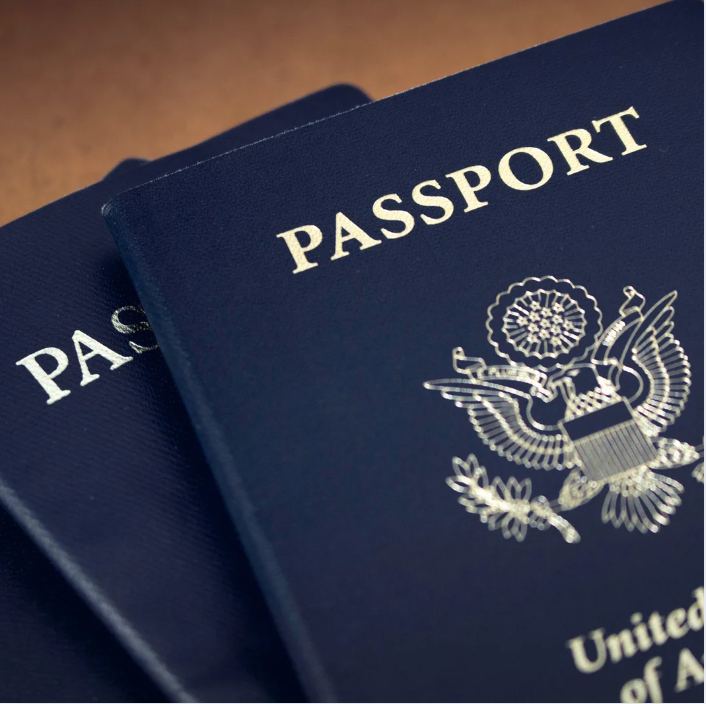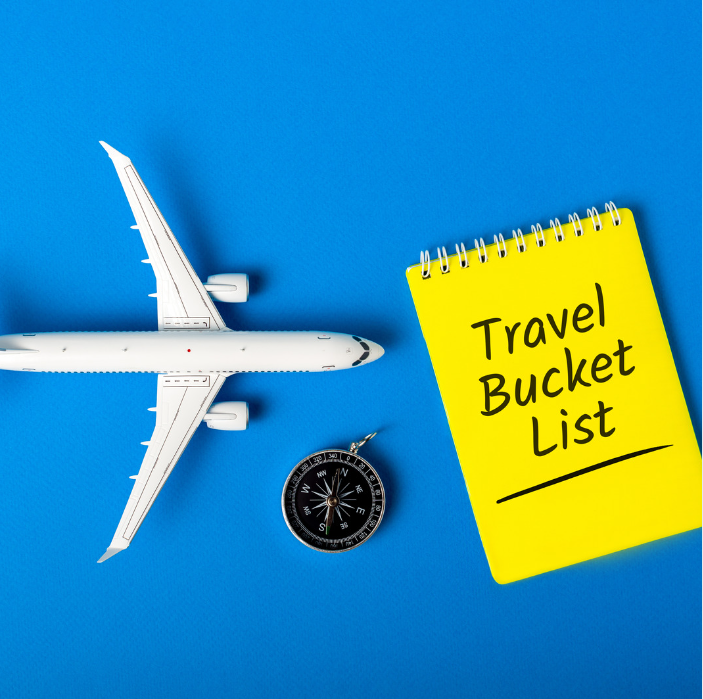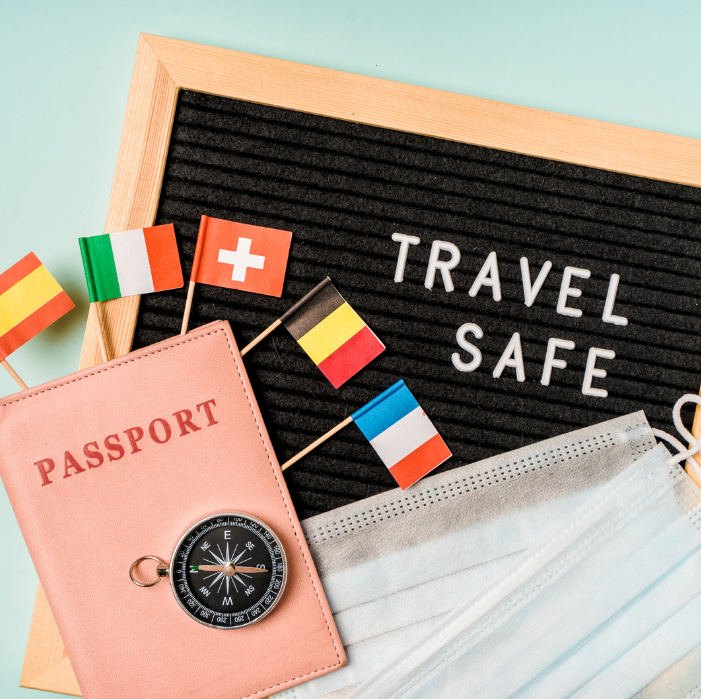
How to Survive When You Lose Your Passport: A Traveler's Guide
Roy Mullins
11/5/2024
Losing your passport can be one of the most nerve-wracking travel mishaps, yet it's more common than you’d think. Whether it was lost, stolen, or simply misplaced in the bustle of travel, losing this essential document doesn’t have to mean your trip is over. With the right steps and mindset, you can handle this situation smoothly. Here’s a detailed guide on what to do if you lose your passport while traveling, so you can get back on track without too much stress.
Step 1: Don’t Panic – Assess Your Situation
First and foremost, take a deep breath. Panicking might make it harder to think clearly and take the necessary steps. Try to retrace your steps to see if there’s a chance you may have left your passport in a previous location, such as your hotel room, a restaurant, or in transit. Check your bags, pockets, and any secure spots where you may have tucked it away for safekeeping.
If you suspect theft, this might also guide you in the next steps, especially with authorities. But in many cases, passports are simply misplaced and turn up somewhere you didn’t expect.
Step 2: Report the Loss to Local Authorities
If your passport is truly lost or stolen, the next step is to file a report with the local police. While it’s unlikely that the police will be able to recover it, having a police report is often required by embassies or consulates to issue an emergency travel document. Here’s what to do:
- Locate the nearest police station – Many cities have tourist police who are accustomed to dealing with such situations. In tourist-heavy areas, they may even speak English, which can simplify the process.
- Bring identification – If you have a photocopy of your passport or another form of ID, this can help speed things along. Otherwise, try to provide as much information as you can.
- Get a copy of the report – Keep the report safe, as you’ll need it when you go to the embassy or consulate. This document will be proof that you officially reported the loss.
Step 3: Contact Your Nearest Embassy or Consulate
Once you have filed a police report, your next stop should be the nearest embassy or consulate. They are the ones who will issue you an emergency travel document so that you can return home or continue your travels if needed. Here’s how the process usually works:
- Find the location and hours of operation – Most embassies and consulates have websites listing their locations, hours, and procedures. In case of an emergency, some may offer extended or after-hours support.
- Bring necessary documents – Ideally, you should have a photocopy of your passport, another form of ID, or a digital photo of your passport on your phone or in your email. Having these on hand will make the process faster.
- Prepare for a fee – Typically, embassies charge a fee for an emergency passport or travel document. Check the local currency requirements and note that some embassies only accept cash or specific forms of payment.
At the embassy, they’ll verify your identity, take your photograph, and prepare an emergency passport, which will generally only be valid for a limited time or for your return trip home.
Step 4: Arrange for Proof of Identity (if needed)
If you have no backup documentation or ID with you, the embassy may still be able to verify your identity through alternative means. Here’s how they might help:
- Contact someone back home – The embassy may ask you to reach out to a friend or family member who can vouch for your identity. In some cases, they may even ask for faxed or emailed copies of your identification from home.
- Use consulate verification – Some embassies have access to digital records and may be able to access prior passport information electronically. This process varies depending on the country, so be prepared for different requirements.
- Personal identification questions – You might be asked questions that only you would know to further verify your identity, which can be useful in cases where documentation is limited.
Step 5: Replace Lost Tickets and Other Travel Documents
While the passport is the primary concern, many travelers also lose tickets, hotel reservations, or other essential documents along with it. Here’s how to manage this setback:
- Check your email for digital copies – Many airlines, hotels, and tour companies send email confirmations that you can access even without your original ticket.
- Contact the airline or booking agency – Most airlines and agencies can reissue a ticket if you can confirm your identity. You may need to pay a small reprinting fee.
- Consider a digital travel wallet – If you haven’t already, this might be a good time to save all your future travel details on a secure travel app or digital wallet. This can provide instant access to essential information without relying on physical copies.
Step 6: Arrange Temporary Funds, If Necessary
If your wallet was lost along with your passport, you might be left in need of funds to cover transportation, food, or accommodation. Here’s what to do:
- Contact family or friends – Many international money transfer services (like Western Union or PayPal) allow someone from home to send you funds even if you don’t have an ID. You may need to provide a security code and other identifying details.
- Use an emergency travel credit card – If you’re a frequent traveler, consider keeping an emergency credit card separate from your primary one. Some credit card companies also provide emergency assistance services for lost cards.
Step 7: Take Steps to Prevent Future Loss
After you’ve replaced your passport, there are a few measures you can take to make sure you’re prepared for the rest of your journey (and future trips!):
- Make digital copies – Store photos of your passport, ID, and travel documents on your phone or in cloud storage for easy access.
- Use a passport holder or travel pouch – Keep your passport close to you at all times in a secure place. Hidden pouches can be a safe option, especially when exploring busy or crowded areas.
- Limit carrying it daily – If you’re staying in one place for a few days, you can leave your passport in a hotel safe or other secure location and carry a photocopy instead.
Losing a passport might feel overwhelming, but with these steps, you’ll have everything you need to navigate this common challenge smoothly. Remember, embassies are there to help, and with today’s digital options, many travel disruptions can be handled quickly. With a bit of patience and preparation, you can ensure that even a lost passport won’t keep you from enjoying the journey.

Contact Us
Share

















